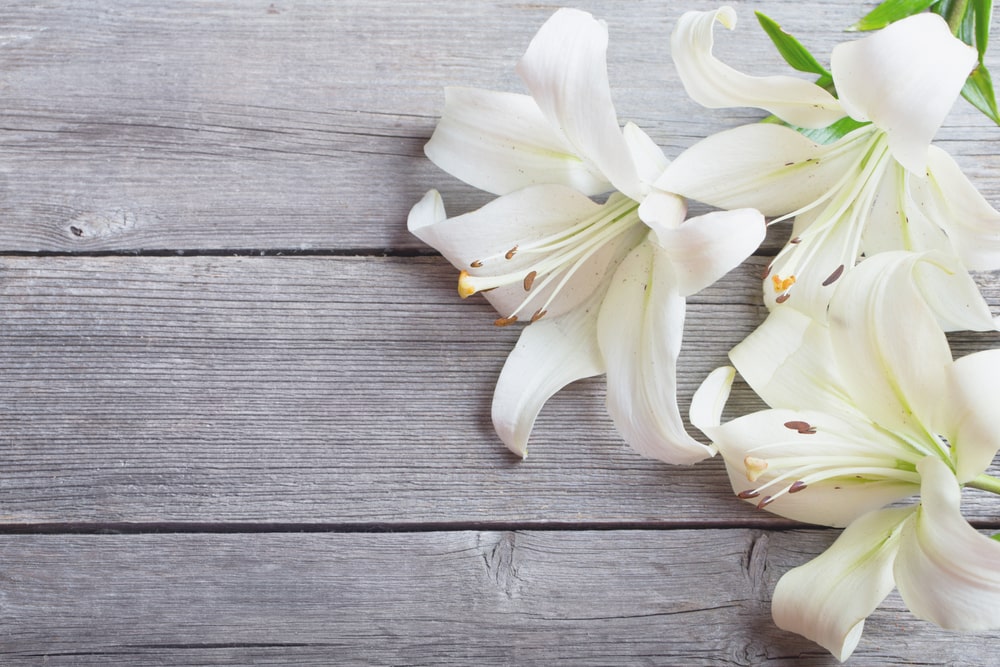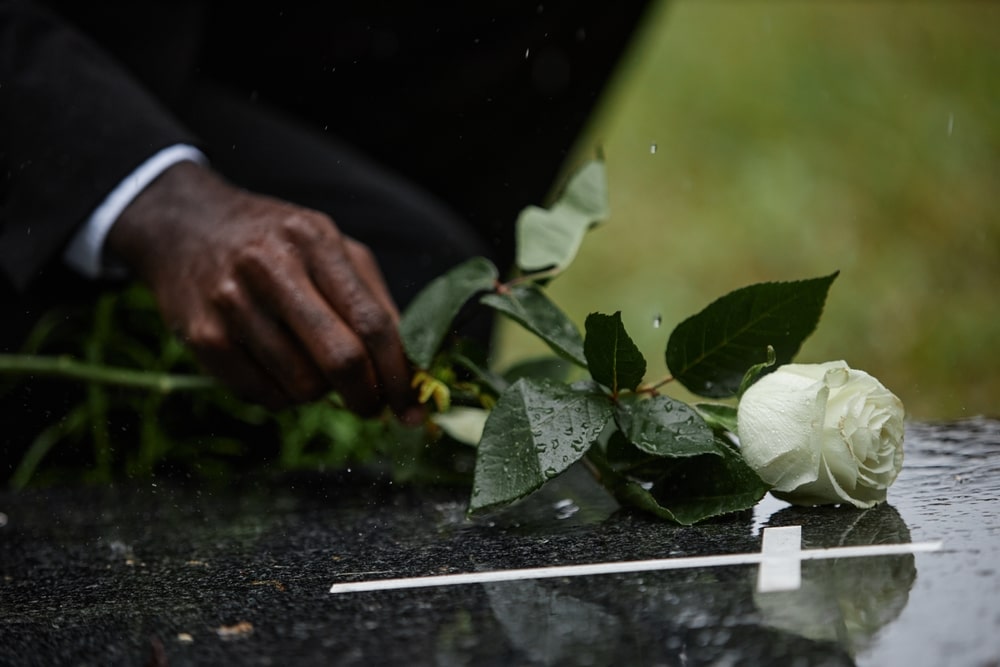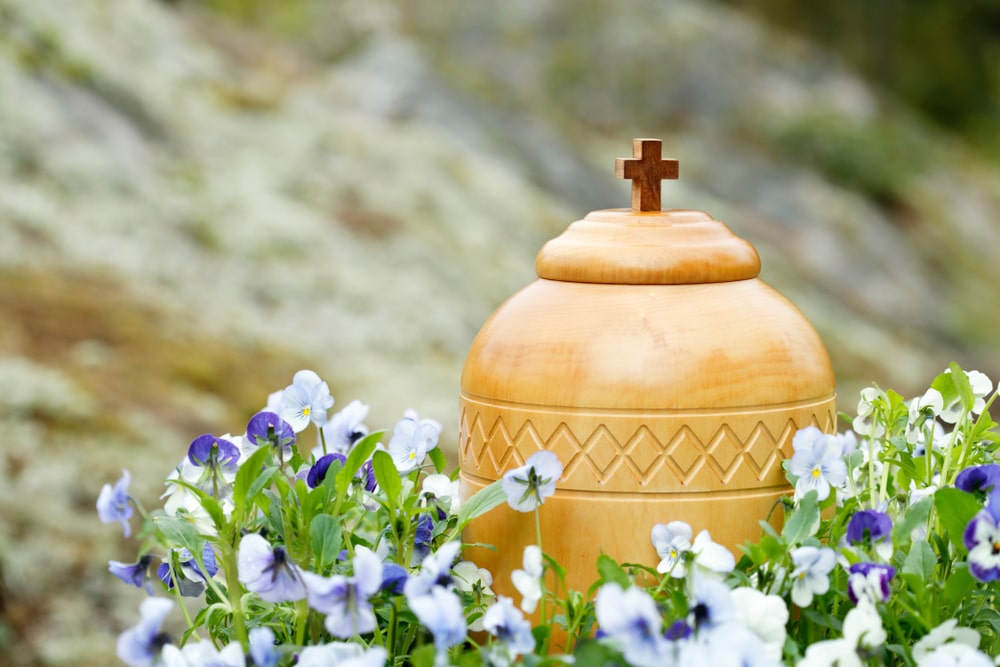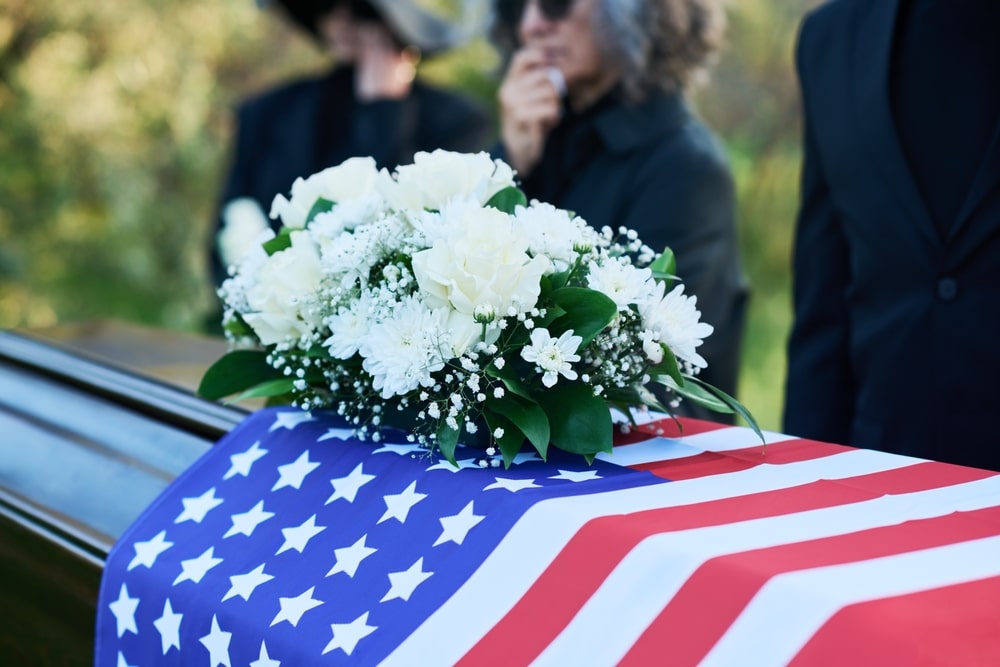Choosing which method of final disposition is right for you is a very personal decision. For some, burial is most desirable, while for others, cremation is best. There is no wrong decision – only the best decision for you and your family, based on your values. That said, some alternative final disposition options do exist. While these are not the most common choices, they may be right for you and your family. After all, it’s always helpful to know your options. Let’s review them together.
5 Alternative Methods of Final Disposition
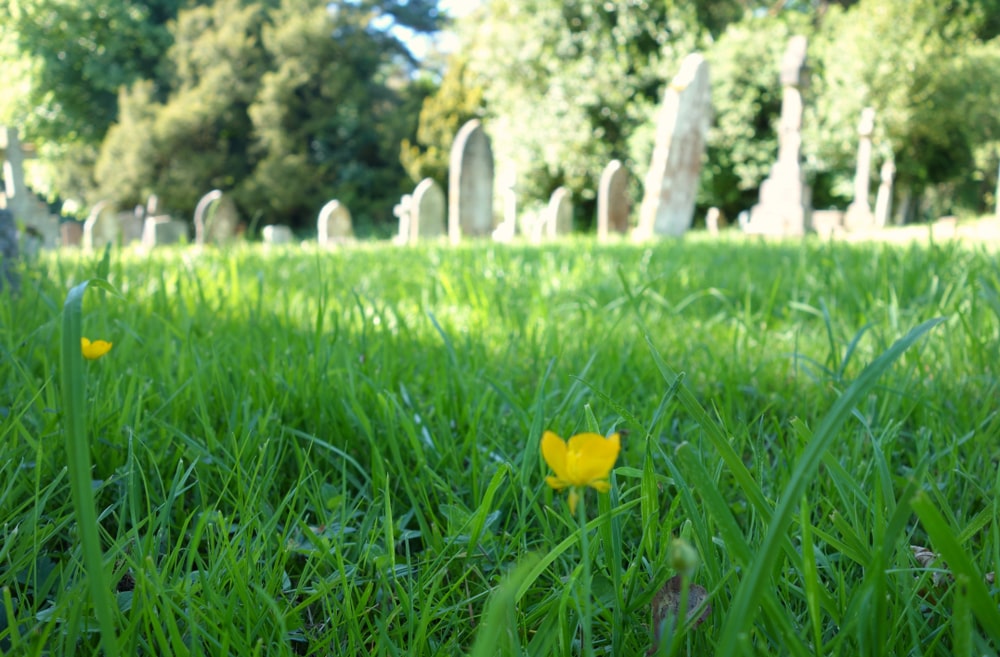
Natural/Green Burial
Both green and natural burials focus on allowing the decomposition process to occur naturally. This means that there is no (or very limited) embalming, a biodegradable coffin or shroud is used, and there is no outer burial container. However, there are differences pertaining to the place of burial. For a green burial, the body must be buried at a cemetery specifically sanctioned for green burial that is maintained without the use of herbicides, pesticides, or irrigation. On the other hand, a natural burial can take place on private land (subject to regulations) or in any cemetery that allows for vault-free burial.
Water Cremation
With water cremation (also called alkaline hydrolysis), the body is placed in a pressurized steel container with a solution that is 95% percent water and 5% potassium hydroxide before being heated to 350 degrees. The body breaks down until only the bones remain. In essence, water cremation speeds up natural decomposition by about 20 years. Like traditional cremation, the bones are ground into a powder and given to the family for memorialization. This method is not available in all states yet. To determine if water cremation is an option for you, speak with a funeral professional.
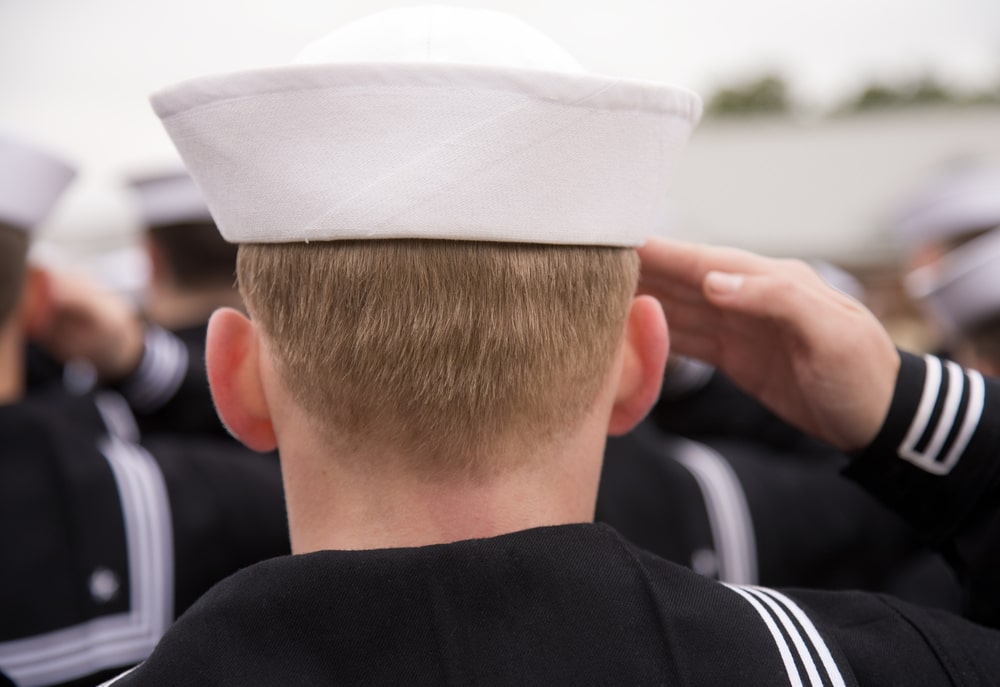
Burial at Sea
Burial at sea has a long history and is one of the oldest types of funeral ceremony. Today, there are two ways to request burial at sea: through the U.S. Navy or through a civilian charter company. Both full-body burial and scattering are available options. As a specialized service, burial at sea is subject to very specific regulations, so it’s best to prepare ahead of time with a funeral professional and make sure that all the details are taken care of according to your wishes.
Anatomical Donation
Anatomical donation typically refers to the donation of the whole body to medical or scientific research. However, in some ways, anatomical donation is not a true final disposition. After the research is complete, they cremate the body and return the ashes to the family. At that time, the family must decide how to honor the cremated remains, whether by burial, scattering, placement in a niche, or some other means. However, if you wish to help further scientific advancements, this may be a great option. Click here to learn more in-depth information about the anatomical donation process.

Recomposition
A new option currently only available in Washington, Colorado, and Oregon is the process of recomposition. In simple terms, the deceased body lies outdoors in a protected area, covered with natural materials like straw or wood chips. The straw or wood chips hasten the rate of decomposition. Once the body breaks down, it becomes part of the soil. Then, the soil goes to the family, who can decide which memorial option is best for them. For instance, they could plant a memorial tree. While composting the human body won’t be right for everyone, for some, it may offer a method of final disposition that meets their core values, especially if they want an option that is less harsh to the environment.
No Matter What, Remember the Importance of Ceremony
No matter which method of final disposition you choose, remember the importance of celebrating life. Every one of us is unique, and our lives are worth remembering. According to Dr. Alan Wolfelt, respected grief counselor and educator, “People who take the time and make the effort to create meaningful funeral arrangements when someone loved dies often end up making new arrangements in their own lives. They remember and reconnect with what is most meaningful to them in life…strengthen bonds with family members and friends. They emerge changed, more authentic and purposeful. The best funerals remind us how we should live.”
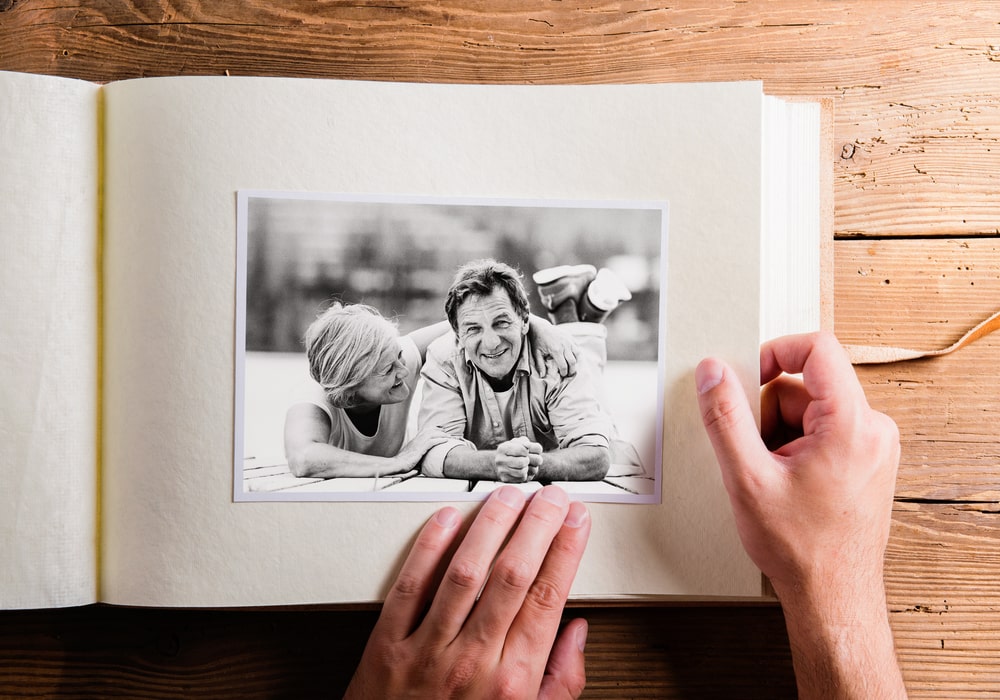
The end goal of a healing and meaningful funeral or memorial service is to give people the opportunity to confront their emotions and begin the grief journey on the right foot. Personalization is key to a meaningful ceremony. The ceremony itself accurately reflects the life of the one who has died and touches the hearts of those who mourn. And because the ceremony is meaningful, because it is personal, mourners experience healing. After the funeral, they start their own individual grief journey. This journey may take weeks, months, or even years, depending on the degree of loss. But it all starts with a personalized ceremony – a healing and meaningful funeral or memorial service.
No matter where your body finds its final rest, remember to give others the opportunity to mourn you, remember you, and most of all, celebrate who you are and what you mean to them.

